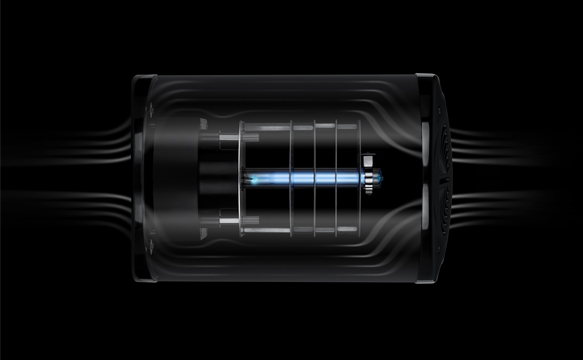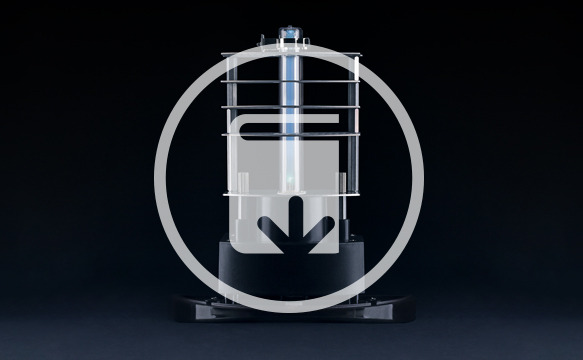Reassessing air quality solutions: why air changes and ventilation aren't always enough
When it comes to managing indoor air quality in workplaces, offices, and public environments, air change and ventilation systems are often considered the go-to solution. These systems are vital for introducing fresh air, lowering carbon dioxide levels, and regulating temperature and humidity. However, ventilation alone has limits, especially when it comes to controlling infections, removing odours, or reducing airborne microorganisms. While increased airflow may dilute some contaminants, it does not neutralise them. In certain situations, ventilation can even keep harmful particles suspended in the air for longer or draw in external pollutants such as mould spores, which compromise indoor air quality.
Air movement can also increase airborne transmission of certain pathogens. Diseases such as measles are particularly concerning. The virus can remain suspended in the air for up to two hours and is easily spread via ventilation systems. Other airborne pathogens, including influenza and Mycobacterium tuberculosis, also persist and spread more readily when airflow sustains their circulation.
This is where air purification technology such as AIRsteril presents a valuable alternative. Instead of relying on the introduction of external air, AIRsteril continuously cleans the air already present in a space. It uses a combination of ultraviolet light and photocatalytic oxidation to neutralise bacteria, viruses, mould spores, volatile organic compounds (VOCs), and odour-causing compounds at the source.
Scientific testing has demonstrated AIRsteril’s efficacy across various environments:
• Over 99.99% reduction in airborne viruses within 10 minutes in a controlled 75m³ room.
• A 79% decrease in airborne mould levels in washrooms.
• Significant reductions in microorganisms have been consistently observed in high-usage and enclosed spaces, supporting improved hygiene and air quality over time.
Odour control is also a major benefit of AIRsteril technology. For many environments, such as offices, healthcare settings, or shared washroom facilities, unpleasant smells and resulting complaints are a key concern. AIRsteril breaks down the compounds that cause odours, delivering consistent, long-term improvements in perceived air freshness and comfort.
Unlike traditional HVAC systems or air extractors, AIRsteril does not depend on increasing airflow or exchanging air with the outside. This makes it ideal for enhancing workplace air quality and supporting odour management and infection control strategies in a wide range of environments.
While ventilation remains a key component of indoor air management, it does not directly neutralise pathogens or odours. In environments where air quality or odour control is a priority, such as workplaces, healthcare settings, or public facilities, additional measures that actively treat the air can be highly beneficial. Proven technologies like AIRsteril complement ventilation by continuously reducing all contaminants, creating a cleaner and more hygienic environment for all.



